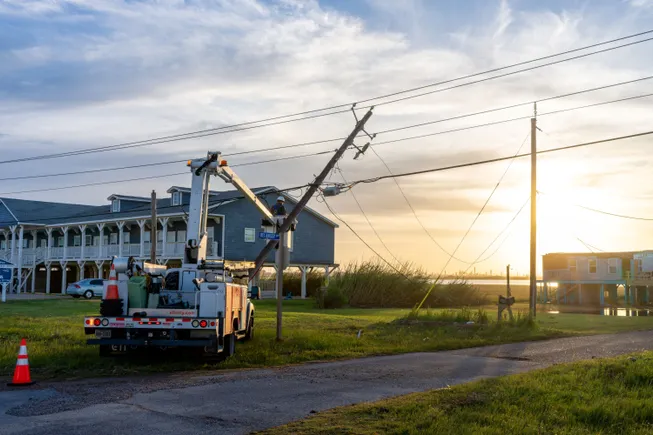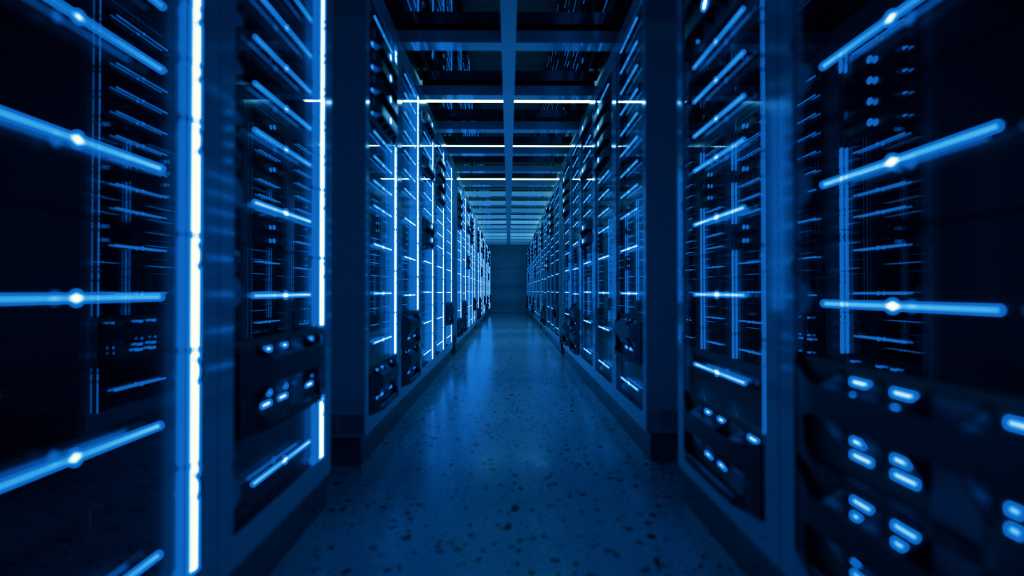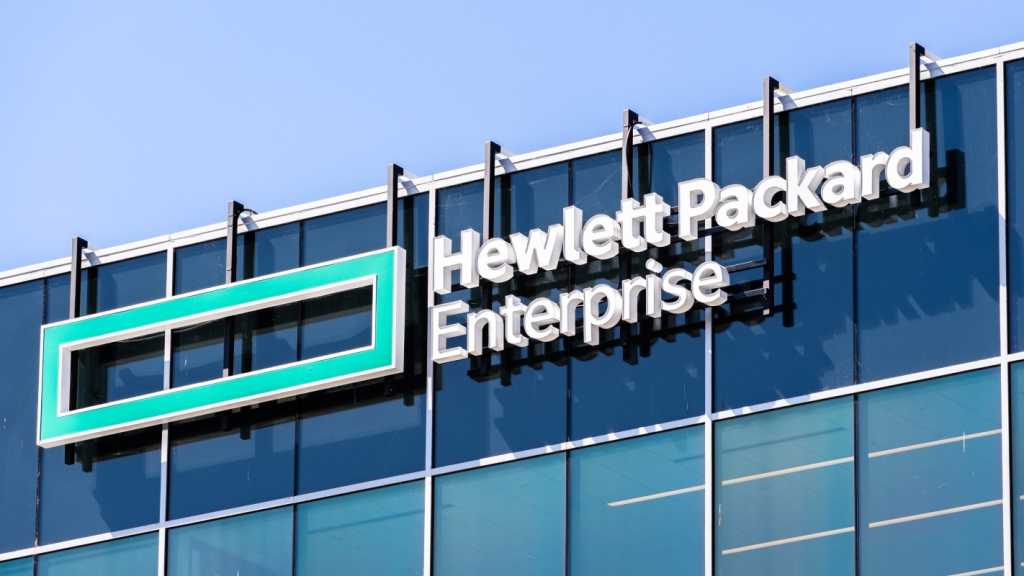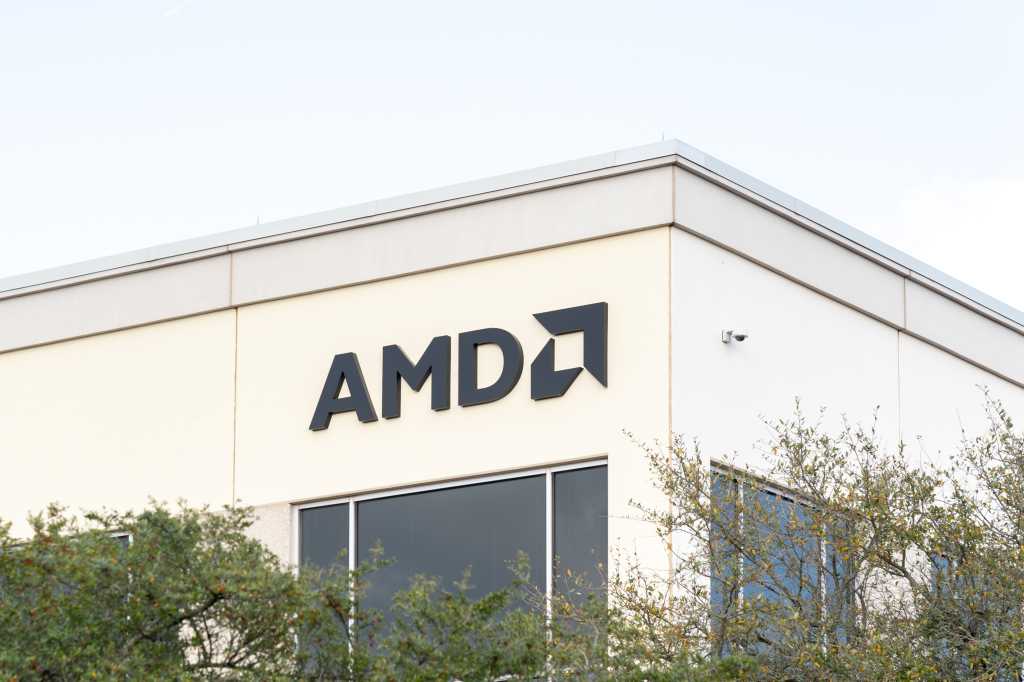
DNOW Inc. has agreed to buy MRC Global Inc. in an all-stock transaction valued $1.5 billion, creating a premier energy and industrial solutions provider. In a joint statement, the companies said the combination brings together complementary portfolios, services, and supply chain solutions.
The combined entity, which will retain the name DNOW, will have a footprint of more than 350 service and distribution locations across more than 20 countries, the statement said.
Under the terms of the agreement, MRC Global shareholders will receive 0.9489 shares of DNOW common stock for each share of MRC Global common stock, representing an 8.5 percent premium to MRC Global’s 30-day volume-weighted average price of $12.77 as of June 25.
Upon the completion of the transaction, DNOW and MRC Global shareholders will respectively own approximately 56.5 percent and approximately 43.5 percent of the resulting company.
“The combination of DNOW and MRC Global will create a premier energy and industrial solutions provider with a balanced portfolio of businesses and a diversified customer base fortifying long-term profitability and cash flow generation”, David Cherechinsky, DNOW President and CEO, said. “MRC Global’s differentiated product offerings and complementary assets strengthen DNOW’s 160-year legacy as a worldwide supplier of energy and industrial products and packaged, engineered process and production equipment”.
The two companies expect to generate $70 million of annual cost synergies within three years.
Cherechinsky will take on the same role in the combined company. Mark Johnson will remain as Chief Financial Officer. The DNOW board will be expanded to 10 directors to accommodate two MRC Global board members. Dick Alario will remain as chairman of the board.
The parties expect to close the transaction in the fourth quarter. The combined company will remain headquartered in Houston, Texas.
To contact the author, email [email protected]
What do you think? We’d love to hear from you, join the conversation on the
Rigzone Energy Network.
The Rigzone Energy Network is a new social experience created for you and all energy professionals to Speak Up about our industry, share knowledge, connect with peers and industry insiders and engage in a professional community that will empower your career in energy.
MORE FROM THIS AUTHOR



















